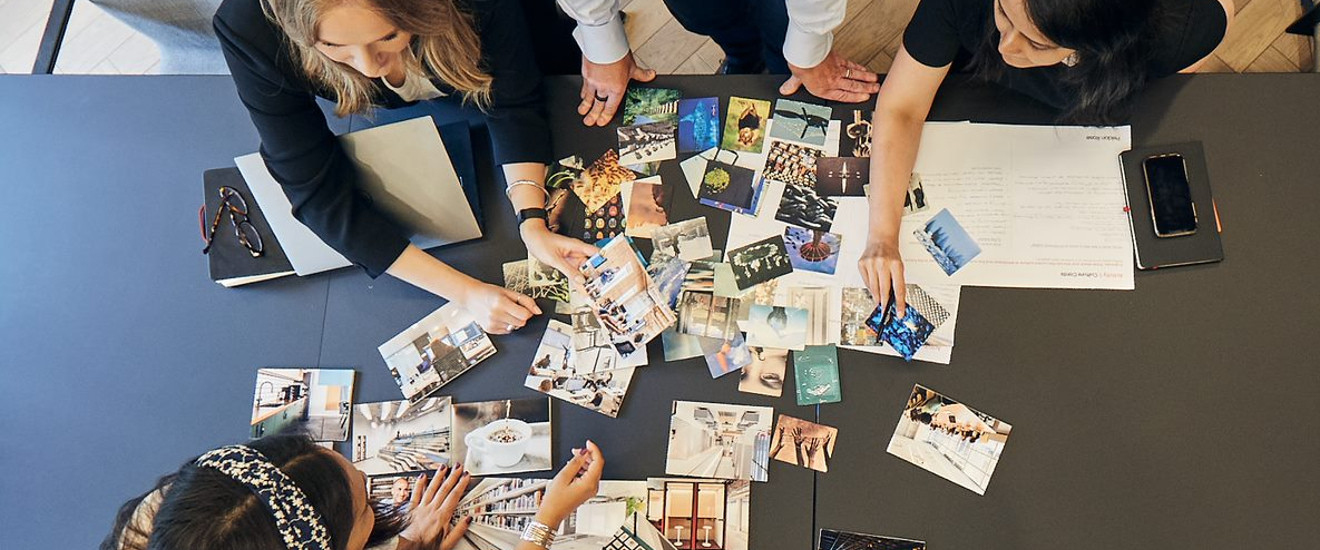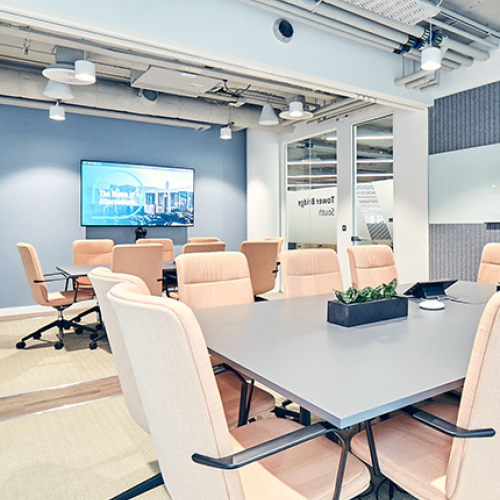How Change Management can help overcome business challenges
Learn how to use Change Management to easily solve problems with this three-step integrated process.


We’ve come a long way since 2020 when enforced home working sparked initial chaos. We adopted digital collaboration tools, learned that non-real-time, asynchronous communication can be highly effective and invested in desks, task chairs and other furnishings to create our own home offices. For some people, these environments are preferable to the workplaces we left last year. It’s no wonder then, that some are now reluctant to change the habits that they were forced to adopt, and many businesses are struggling to coax employees back into the workplace.
We made drastic amendments to our working lives because we had no other choice, and in turn it unlocked innovation and a newfound ability to choose. Some businesses have thrived, such as those using AI to manage a hybrid workplace in the offices of the future. This is only one example, but the message is clear: businesses must continue to embrace change to thrive in a post-pandemic economy.
I believe that saying ‘If something isn’t broken, don’t fix it’ is taking the wrong approach. This mindset stunts growth and development. The only constant in life is change, yet we often remain reluctant to welcome it. Humans naturally seek order and regularity, so when change is proposed, it can be met with apprehension, resistance or even refusal. In business and the workplace, this can have lasting consequences.
The move to hybrid working has shifted our mindset and we are redefining the definition of the workplace. It’s now a destination that assists with tasks that are better achieved collaboratively. It has drawn close attention to intent and function meaning that ultimately, the workplace is no longer simply the place we come to work.
Change offers possibility. As our relationships with work and the workplace develop, we can continue to reimagine offices to create spaces that allows business and people to thrive in new ways. The key to embracing change both today and tomorrow is in creating workplaces that enable continuous evolution.
By creating agile spaces that allow for flexibility, we cater to every individual and their needs, while supporting mental wellbeing and physical health. Having said that, it’s important to remember that our needs are still in a state of flux, and it’s vital to prepare for this.
The location of fixed areas:
Think about where meeting rooms and teapoints are positioned. Can they sit within the heart of the workplace for use by multiple teams? If not, they will become islands of activity, used in isolation by a small number of people.
A flexible layout:
Instead of walls, moveable partitions are an effective solution to divide people and activities. Acoustic panelling, standing whiteboards or mobile digital walls are all temporary fixtures that offer acoustic and visual privacy. The ability of the end solution to adapt with business evolution, with minimal disruption and cost, is critical to achieving long-lasting success.
Offer choice:
Designing for choice creates a destination that supports the individual even as their needs or preferences shift. Choice extends beyond furniture and setting but includes sensory variables such as lighting, noise, and temperature. For example, at home, we can work from the sofa or kitchen table surrounded by complete silence or soft, background music. The workplace now needs to offer the same level of choice.
While change is inevitable, it is not always successful. Drastic measures enforced too quickly can lead to significant disruption, while small adjustments that happen too slowly can be ineffective. However, the greatest challenge to change is the absence of it, as those who refuse to recognise change eventually become irrelevant.
Change is most likely to succeed when it is carried out with careful consideration. In the workplace, change management is crucial whether you’re relocating, redesigning, or simply adopting a new platform. Involving change management at every stage of the process, from inception through to delivery, gives a voice to those that will use the space, creating a collaborative solution designed through the optic of the user.
In any business, people are the most important asset, and they need to be empowered to deliver change successfully. When our Strategy team carry out the process, we consider some of these important milestones:
Introduction:
Take time to understand what the change may involve, identify the end goal and any pitfalls that may arise. Is it the right action to be taking? If so, it’s time to communicate this with your people.
Understanding: When change arises, employees must first understand why it is happening and how they will benefit.
Exploration:
Next, bring your people into the search for a solution. If you’re redesigning a workplace, what do your people want the space to look and feel like? How does it need to function? It’s important to include a range of people within the discovery, from junior colleagues to senior members of the team.
Acceptance:
The change is more likely to be well received if your people feel that they have had a real, genuine role to play in developing the solution.
Implementation:
Implementing change is a not always a linear process. Employers should take time to listen to any concerns then plan how to overcome them.
Analysis:
The first time you implement something, it’s unlikely to be perfect. Change management requires trial and error and constant review to be successful alongside the acceptance that change is constant.
Over the past year, our homes have evolved, enabling choice, while our workplaces have largely remained the same. This explains some of the reluctance to return, which means it’s never been a better time to embrace the opportunity to change. It’s a challenging but exciting prospect and the hardest part is committing to it. Our team can then help to manage the journey and deliver real-life solutions for your workplace and your people. Get in touch to find out more.

Learn how to use Change Management to easily solve problems with this three-step integrated process.

Discover the profound impact of communication in driving transformative change. Georgia Marsh, Marketing &...

Here's how a learning culture in the workplace can enhance overall performance and wellbeing.

Your workplace holds enormous potential to improve your business performance. Get in touch today, and we will unlock that potential together.